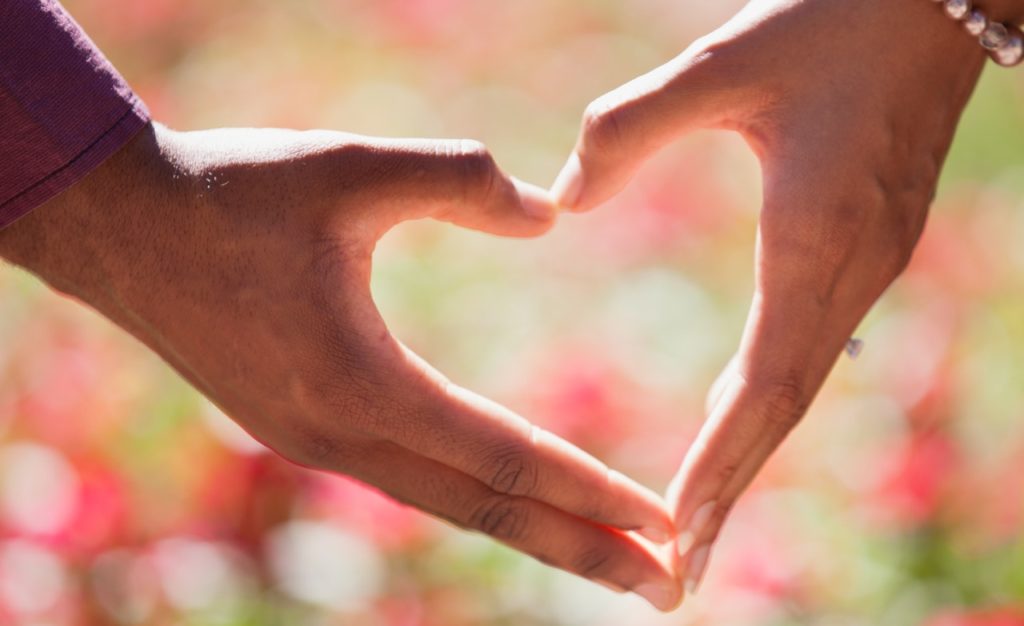‘With the whole world crumbling, we pick this time to fall in love.’ – Ilsa, Casablanca
Although the world is not really ending, this pandemic has surely been a thorn in the side, to say the least, for lovers the world over. With its influence spanning the entirety of the year, you might be curious just how the heart is doing amidst these times of relative uncertainty.
Wonder no more. Here are a few current facts and statistics about love and marriage in the US.
Pre-Pandemic Numbers
The data gathered by the Pew Research Center before the pandemic offers insights into modern relationships in the country. According to the research body, there have already been significant shifts in the country’s relationships even before current events.
- A 2017 study found that half of American adults at the time were married. Although this number has been stable over recent years, but if you compare it to half a century ago, that number used to be 72 percent. There are several contributing factors to this.
- Americans are marrying later in their lives. There has been an increase of around seven years between the median marrying age in 1960 and that of 2016.
- More Americans who have never been married are saying they don’t want to get married.
- Divorce rates among older Americans have increased. The rates have essentially doubled for people over 50 years old compared to their 1990 counterparts.
- IBISWorld estimates that the industry for family and divorce lawyers will continue to grow at a 0.9 percent rate annually.
- Cohabiting with a partner without getting married is becoming more common. Cohabitation has increased by 29 percent just between 2007 and 2016, particularly in Americans older than 50.
- Seventeen percent of American newlyweds were married to a person from a different race or ethnicity according to a 2015 study. This shows a big increase compared to 1967, where only three percent of newlyweds were married to someone of a different ethnicity or race.
- Asians and Hispanics have the highest percentage of intermarrying in the US.
- Black newlyweds saw the most dramatic increase in intermarriage – from five percent in 1980 to 18 percent in 2015.
- Fifty-three percent of Gen Zers and Millennials find that people marrying others from different races is a good thing.
- More Americans are now in favor of same-sex marriage compared to those who are opposed. Back in 2007, 54 percent of Americans were opposed to same-sex marriage, while only 37 were in favor. In 2017, the numbers have shifted to 32 percent and 62 percent respectively.
- Studies by Gallup also found that 10 percent of all LGBT American couples were married to their partner by 2017. Today, a 61 percent majority of all same-sex couples who are living together are also married.

Pandemic’s Impact on Relationships
With numbers from both the Washington Post and New York Times, here are a few glimpses into what has been happening to relationships since the pandemic took hold of the world.
- According to the New York Times, couples have been put on the spot whether to basically spend all their time together or spend all their time apart. In some cases, the pandemic has even forced couples to answer consequential questions about divorce and moving in.
- The Washington Post found that 74 percent of American couples said the pandemic has hardly had any effect on their relationship. This may seem anticlimactic but there are a lot of variables at play here.
- According to the news outlet, the frequency of arguments has been slightly reduced while sex lives have slightly improved.
- They also reported that 51 percent of the couples they interviewed say that they believe their relationships will emerge stronger.
- On the other hand, 46 percent believe the pandemic will change nothing.
- Fifty-nine percent of couples say their relationship is not adding any stress to the already stressful pandemic situation.
Conclusions
The huge shifts in relationships in the US have already been happening even before the pandemic. The fundamental dynamics of marriage and divorce are changing, and these changes are likely to continue.
The pandemic is not as strong a catalyst as it initially seemed. If anything, it has shown slight improvements for romantic couples around the country.
Love, marriage, and relationships continue to be an important factor in the modern world. Learning about these numbers and how they compare to previous generations is an important practice or at least an intriguing read.

